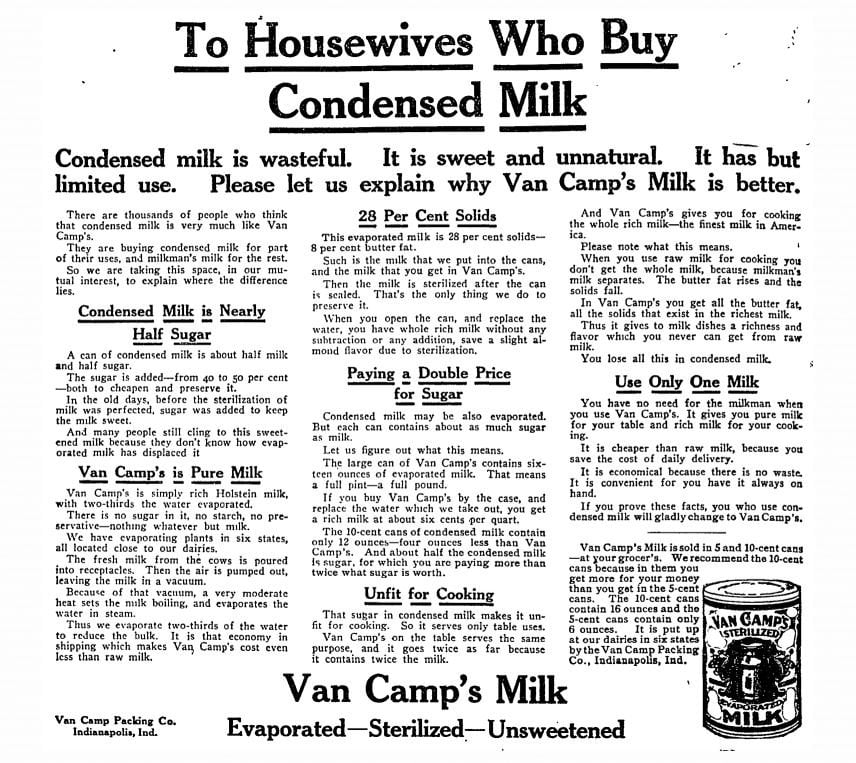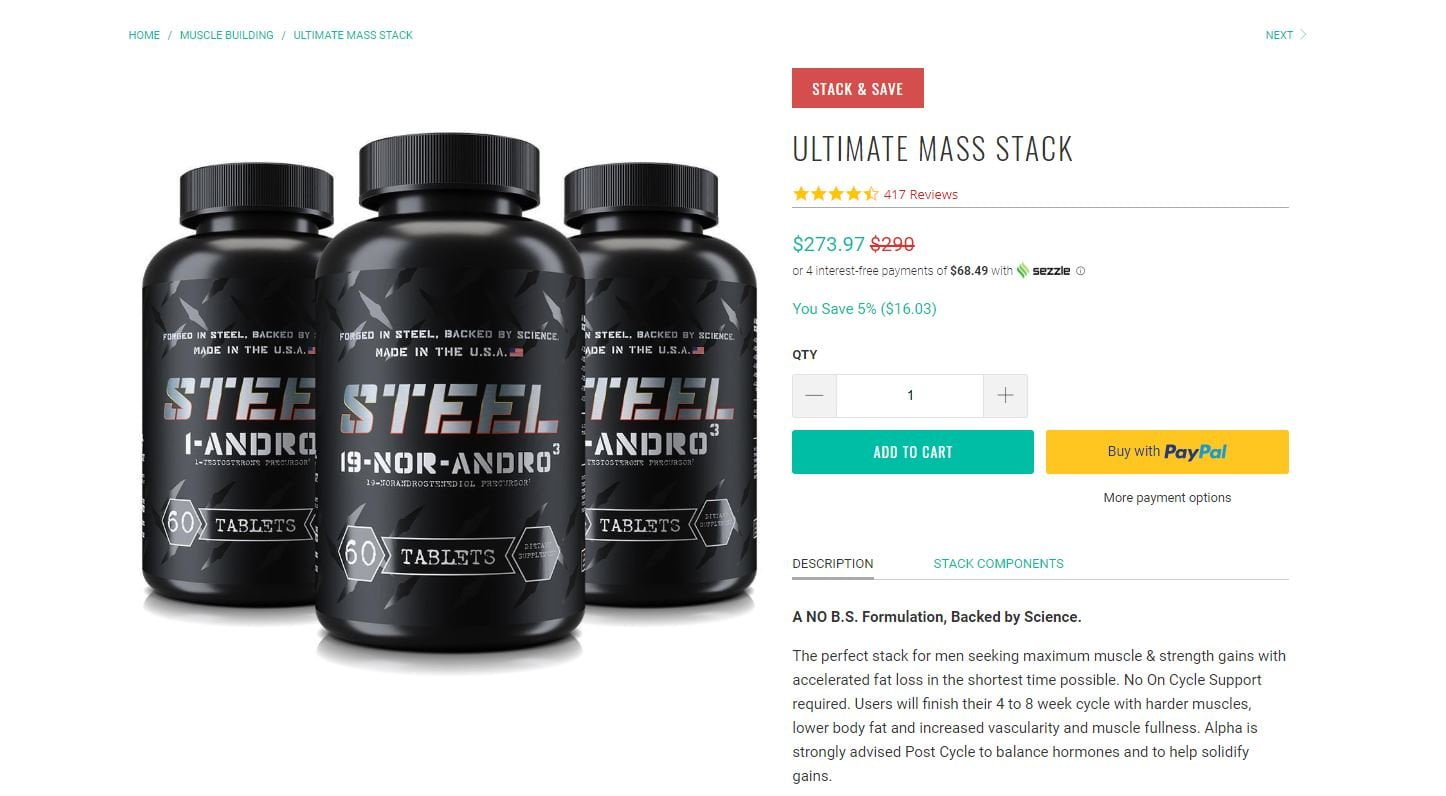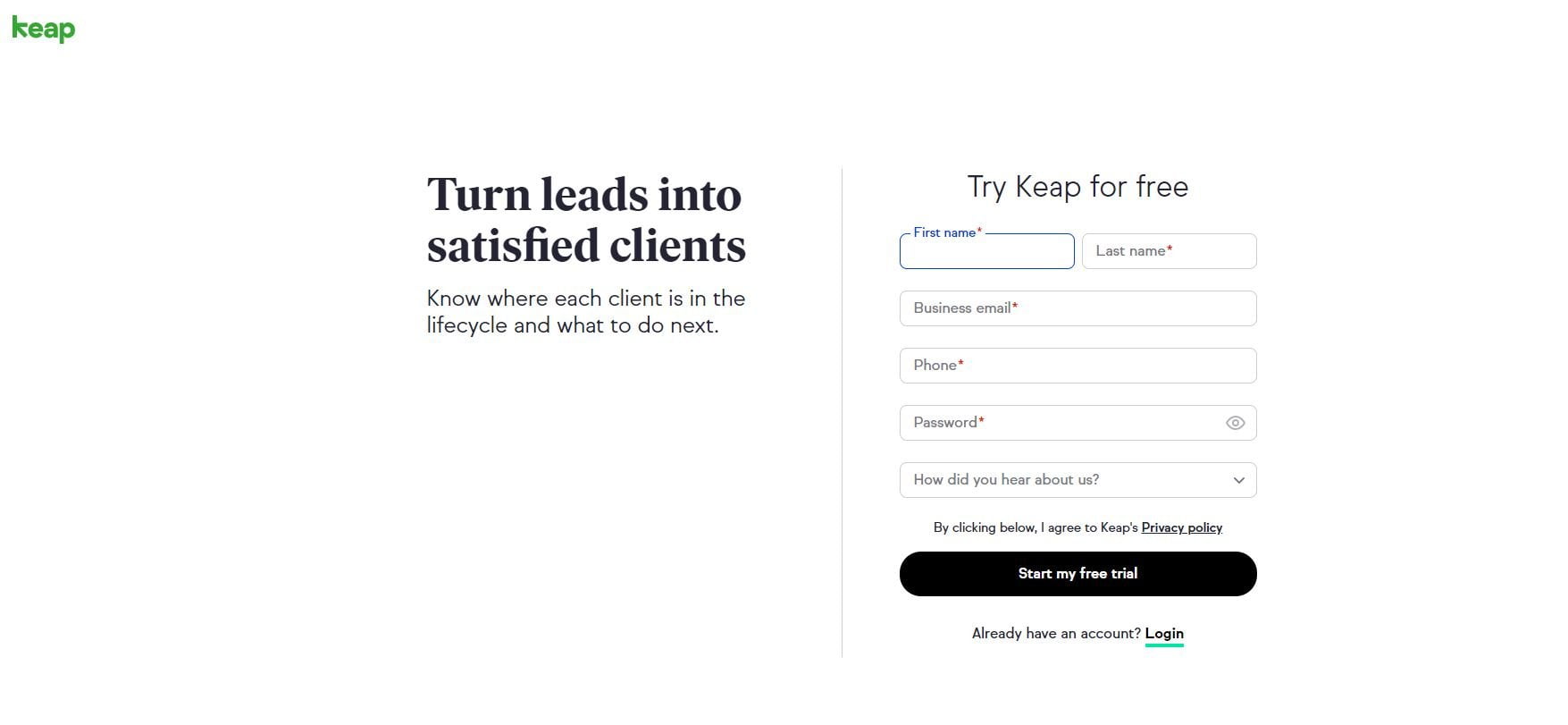Would you like to make $5,000,000 per year?
Because Claude Hopkins did.
And whether you know a lot about Claude Hopkins or not, you probably use many of the strategies he pioneered.
He was born in 1866 and is one of the fathers of modern advertising along with gentlemen like David Ogilvy.
Marketers owe them everything for the techniques they use today.
He had a strong philosophy about advertising which was that the ultimate goal is to sell the product, measure results, and justify campaigns by performance.
Claude Hopkins worked for many agencies like Lord & Thomas and Swift & Company. According to David Ogilvy, Claude was hired by Albert Lasker to work for Lord & Thomas in 1907 for a starting salary of $185,000.
That’s approximately $5,000,000 with inflation!
Imagine making five million per year writing advertisements. That could be you.
However, you need to know the secret strategies to composing ads that get customers drooling over any product.
That’s why I’ll be covering some of Claude Hopkins advertising strategies ahead which can be found in his book Scientific Advertising.
Let’s dive in!
Advertising is salesmanship
There are two different camps in advertising…
The first believes that advertising and copywriting should only be used to sell the product being promoted.
The second group believes in creativity and making ads which are fun and entertaining.
Claude Hopkins fell into the former. I do, too.
Generating sales or leads is the ultimate goal of marketing and advertising, so you want to target those that’d be interested in buying.
The people you entertain aren’t the ones you want to target because they’ll flip the page, change the channel, or click off your website as soon as their laugh is over.
This doesn’t mean that you can’t mix in characters, humor, and stories into advertising, but it needs to mostly focus on why the product is so amazing.
How can you do this? One of the most effective ways is to elaborate on the benefits of a product.
It’s so common for advertisers to only talk about the features of a product. Big mistake.
These aren’t the reason why a customer is purchasing a product. Instead, they are interested in the experiences and emotions it will give them.
Take this advertisement for Van Camp’s milk which Hopkins created, for example:

The ad talks about why condensed milk is a bad purchase and all of the benefits of Van Camp’s product including that it’s rich, affordable, and delicious.
Additionally, here’s an example of a muscle gain supplement product page.

Do you think the average consumer cares deeply about the ingredients and science behind it?
Heck no!
They want to gain muscle, squat heavier, and look ripped. That’s why the copy is brilliant:
The perfect stack for men seeking maximum muscle & strength gains with accelerated fat loss in the shortest time possible. No On Cycle Support required. Users will finish their 4 to 8 week cycle with harder muscles, lower body fat and increased vascularity and muscle fullness. Alpha is strongly advised Post Cycle to balance hormones and to help solidify gains.
This brings me to my next point.
Customers seek service for themselves
Let me ask you this…
The last time you walked into a physical retail store, did you think to yourself “Oh boy, I can’t wait to learn about this company’s history and story!”?
Nope.
You probably were looking for coupons, sales, promotions, and might’ve asked an employee where the good stuff is at.
That’s because customers are selfish but not in a bad way. They’re exchanging their hard-earned money for goods and want the best deal and service.
This is precisely why Claude Hopkins believed in aligning ads with the self-interests of customers.
It connects with the previous strategy of elaborating on benefits because you need to position an ad and its elements to entertain the customer’s deeper desires.
Are they trying to make more money? Are they trying to lose weight? Do they want to have a certain image to other people? Talk about those things.
It will resonate with them on a deep level, bring out emotions, and make them feel like they finally found what they’ve been seeking.
Check out this ad by Mercedes Benz for their C-Class model:

The headline “Crafted for the superior Class.” implies that it’s made for successful and wealthy people, thus owning one creates that image.
Direct mail is a school every advertiser must graduate from
Direct mail used to be one of the only ways to advertise to customers.
You built or acquired a mailing list, sent out a direct mail campaign, and hoped for the best.
Since many times the customer knew nothing about you or your business, it required the absolutely best copy and advertisements.
This is why Claude Hopkins believed every advertiser needs to graduate from it as it tests your skills as a marketer in all regards.
You might think because of technology and the internet that direct mail is less effective.
The opposite is true.
In fact, open rates for direct mail have never been higher!

This is exactly why you need to consider sending out more direct mail campaigns for your business or client’s moving forward.
It is not uncommon for a change in headlines to multiply returns from five or ten times over
The headline is the smallest component of an ad but the most important.
It grabs consumers attention, builds interest, and ultimately gets your foot in the door.
If your headline sucks, you can’t expect anyone to read the rest of the copy.
And if nobody reads the copy, your bank account will be emptier than a bar on Monday night.
This is why you need to spend a lot of time creating and testing headlines.
There is no shortage of headling writing strategies so check out my guide on them here.
These are some immediate techniques you can use, though:
- Ugency: Using urgent words and phrases can make customers feel like they need to take action soon or they will miss out on a great deal.
- Scarcity: Speaking about low inventory or limited offers is similar to urgency as it can push customers to take action quickly.
- Benefit-oriented: Try stating the benefits of the product you’re advertising directly in the headline
- Ask a question: Questions can help customers relate to the advertisement when they are directly related to their thoughts, feelings, and experiences.
- Editorial style: “Man Finds Secret to Weight Loss and Doctors Hate Him” is an example of an editorial style headline. These can work for advertisements when done strategically, as well.
- Be specific: Cite exact numbers, percentages, and dollar amounts in headlines if possible. This makes them more appealing and interesting.
The advertising man must know psychology
Marketing is psychology.
It’s simply understanding the deeper reasons why customers are purchasing products and the science behind the process.
This is why Claude Hopkins advises every advertiser to study psychology and how it can be applied to business.
Once you understand the core concepts, they can be applied to every ad and project you work on in the future and it’s like having a cheat code.
You know what makes people tick and that can be used to write enticing copy.
Superlatives are damaging so be specific instead
Superlatives are words which are the greatest level of an adjective. If you’re not an English scholar, here are some examples:
- Best is the superlative of good
- Greatest is the superlative of great
- Nicest is the superlative of nice
- Most affordable is the superlative of affordable
- Etc
These are great and all, but you want to avoid them for one single reason: they are vague and uninspiring.
Advertisers become stuck in quicksand once they use a superlative because it’s the opposite of elaborating.
It’s laziness, really.
Instead, Claude Hopkins recommends avoiding superlatives because it creates the opportunity to elaborate on the sentence which means better copy.
Keep an open mind when you’re writing advertisements if you’re using too many superlatives.
Additionally, ensure that you fix any you find during the editing process.
Net you know, your advertisement will have much more detail about the product you’re promoting.
That reader, if you lose him now, may never again be a reader
You have one shot.
One chance.
If you lose a reader, they probably won’t be coming back.
So how can you prevent readers from leaving and not completing a purchase?
One such approach Claude believed in was the through the use of storytelling.
Humans all instinctively love stories. It was one of the main ways we communicated back when we were cavemen.
Think about cave are and you’ll know what I mean.
We all love a good story that involves triumph and the underdog coming out on the top.
That’s why advertisers can use stories to their advantage for grabbing attention and getting customers emotionally invested into an ad.
Stories come in a different shapes and sizes, too. You can use stories in the following ways:
- Make up a fictional story that aligns with the advertisement to make it more entertaining and so customers understand the product better.
- Use a personal story to create a deeper connection with the audience.
- Implement the story of a customer and how they used your product to overcome their problem.
Images are salesman
While the copy of an advertisement is the most important element, don’t neglect the use of images and graphics.
Claude Hopkins firmly believed they acted as salesman themselves.
This is because pictures can allow customers to see themselves using a product or image in how life would be when they have it.
Check out this website on debt relief to see what I mean:

Notice how the featured image is of a person looking happy and relieved? That’s exactly how customers want to feel after getting out of debt.
Try using images strategically like this and you will see better results in your campaigns.
Offering samples is an effective strategy
One of Claude Hopkin’s most famous advertising strategies was to offer free samples with his ads.
This is because the product itself should be the best salesman.
Giving consumers a free sample allowed them to experience the greatness of the product firsthand and along with information found in an ad, they’d be racing to get the full thing.
Even if you don’t sell a physical product you can mail or hand out to leads, it’s still applicable to digital products and services.
For example, look at how this CRM company offers a demo of its software:

This gets interested customers trying out the tool to see how effective it is, and they’re already halfway through the sales funnel at that point.
Similarly, you could offer discounted rates or free specials for services.
Once a client has a great experience with you, they’ll be very likely to purchase the full product.
Test campaigns and campaign elements
Split testing is the process of testing different elements against one another to find winning combinations.
Claude Hopkins believed that advertisers need to test campaign elements like creatives, headlines, and individual ads to determine which ones were the most effective.
David Ogilvy held similar beliefs in that more marketers need to split test client campaigns to avoid wasting their budget.
It’s been found that making small adjustments to projects can result in up to a 50% increase in conversion rates.
Next time you’re writing an ad, try experimenting with different headlines, images, calls to action, and other aspects.
Final thoughts on Claude Hopkins
Despite Claude Hopkins being born centuries before our time, his ideas and strategies remain timeless.
Below you’ll find today’s main takeaways that will transform your advertisements into money making machines.
- Advertisements should be created with selling in mind, not entertaining. The people you entertain are not the same people that will buy from you.
- Customers care about how a product will benefit them. Write copy which focuses on the needs and desires of your target audience.
- Direct mail is the ultimate test of an advertiser’s skills.
- Small changes in headlines and copy can create drastic performance improvements. Spend a lot of time writing out headline ideas until you find the winner.
- Understanding psychology and the science behind why customers purchase products is necessary to be a great advertiser.
- Avoid superlatives as they prevent you frm elaborating.
- Keep readers interested through the use of storytelling.
- Create splt tests to find the best perfomring headlines, images, calls to action, and other elements which make up ads.
Contact me for copywriting services or check out my courses.














